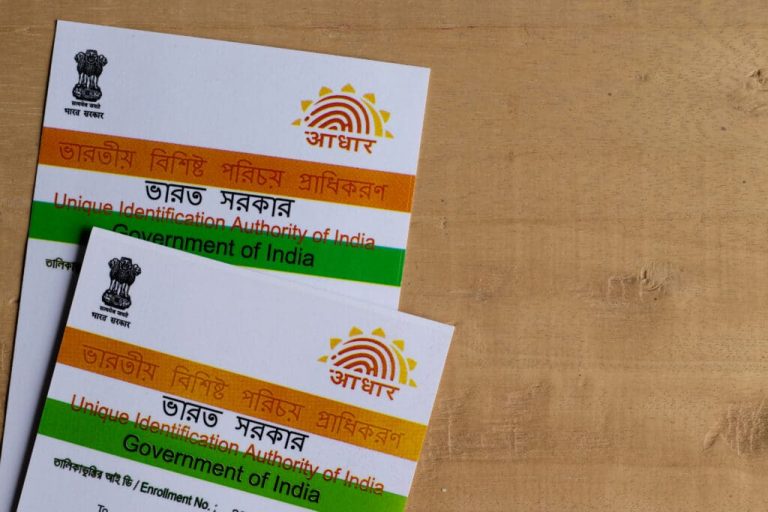India’s tech landscape has witnessed a transformative shift with the introduction of Aadhaar, a biometric-based digital identity system. Aadhaar has revolutionized the way Indians interact with government services and the private sector. This article explores the specific technological advancements brought about by Aadhaar, its impact on Indian society, and its potential for the future.
The Birth of Aadhaar:
Aadhaar, which means “foundation” in Hindi, was introduced by the Indian government in 2009 with the aim of providing every Indian citizen with a unique and portable digital identity. The system leverages biometric and demographic data, including fingerprints and iris scans, to create a secure and easily verifiable identity.

Source: www.biometricupdate.com/202206/india-adding-newborns-and-recently-deceased-to-aadhaar-digital-id-registry
Efficient Public Services:
One of Aadhaar’s primary objectives was to streamline the delivery of public services and reduce fraud and corruption. Through Aadhaar, individuals can access services such as social welfare, subsidies, and healthcare with increased efficiency and transparency. This has had a significant impact on India’s social and economic landscape.
Financial Inclusion:
Aadhaar has played a pivotal role in increasing financial inclusion in India. The government’s push for Aadhaar-linked bank accounts and mobile numbers has enabled millions of previously unbanked and underserved individuals to access financial services, including digital payments and credit.
Digital Payments:
The integration of Aadhaar with digital payment systems has facilitated secure and efficient financial transactions. Aadhaar-enabled payment systems (AEPS) allow individuals to make transactions using biometric authentication, reducing the need for physical cash and cards.
E-Governance:
Aadhaar has catalyzed the digitization of government services. E-governance initiatives have become more accessible and citizen-friendly, enabling individuals to access a wide range of services online, from filing taxes to obtaining government-issued documents.
Privacy and Security:
Aadhaar places a strong emphasis on data security and privacy. Stringent protocols and encryption mechanisms protect the biometric and demographic data of citizens. The system has been upheld by the Indian Supreme Court with certain privacy safeguards.
Challenges and Controversies:
Despite its transformative potential, Aadhaar has faced criticism and legal challenges, particularly regarding privacy concerns and potential misuse of data. The Indian government continues to address these issues through legislation and safeguards.
Future Possibilities:
Aadhaar’s success has opened doors for innovative technologies in India. It serves as a foundation for the growth of fintech, digital identity verification, and e-commerce. As technology evolves, Aadhaar is likely to play a pivotal role in shaping India’s digital future.
Aadhaar is a shining example of India’s technological advancement, enhancing the lives of millions by providing a secure and easily accessible digital identity. Its impact on public services, financial inclusion, and the broader technology ecosystem is undeniable. As India continues to embrace digital transformation, Aadhaar remains at the forefront, paving the way for a more connected and inclusive future.

